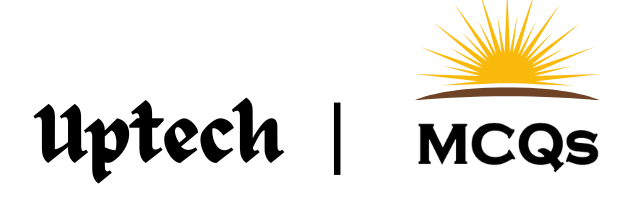▪ The difference in the duration of day and night increases as one move from Equator to poles.
▪ Solar system was discovered by Nicolaus Copernicus.
▪ RAM stands for Random Access Memory.
▪ Richest source of Vitamin D is cod liver oil.
▪ 1sq cm is equal to how many square mm? 100
▪ 1 milligram gold is equal to how many milligrams? 1000
▪ We are saved from ultraviolet rays of sun through? Ozone Layer
▪ Vitamin K helps in blood clotting.
▪ Iron metabolism in the human body is helpful for Hemoglobin and blood is red due to hemoglobin.
▪ In how many groups the living organisms that have back bone, are divided? 5 groups
▪ Vitamins C not stored in human body and lack of Vitamin C create skin disease.
▪ Art and science of growing flowers, fruit and vegetables is called Horticulture.
▪ What did Sir Isaac Pitman invent? A form of shorthand
▪ Dactylography is the study of finger prints.
▪ Etymology is the study of origin and history of words.
▪ Plague is a disease, which spreads by rat.
▪ Choreography is the art of designing sequences of movements in which motion, form, or both are specified. Choreography may also refer to the design itself, which is sometimes expressed by means of dance notation.
▪ Newton discovered that every applied force has an equal reaction.
▪ When heavy unstable elements split into relatively smaller elements along with the release of energy is called fission.
▪ Protein is present in the highest amount in a human body.
▪ Bicycle‘ was invented by Macmillan
▪ Amino Acid is the smallest unit of Protein.
▪ How many pairs of ribs are there in the human body? 12.
▪ A cataract is a clouding that develops in the crystalline lens of the eye or in its envelope (lens capsule), varying in degree from slight to complete opacity and obstructing the passage of light.
